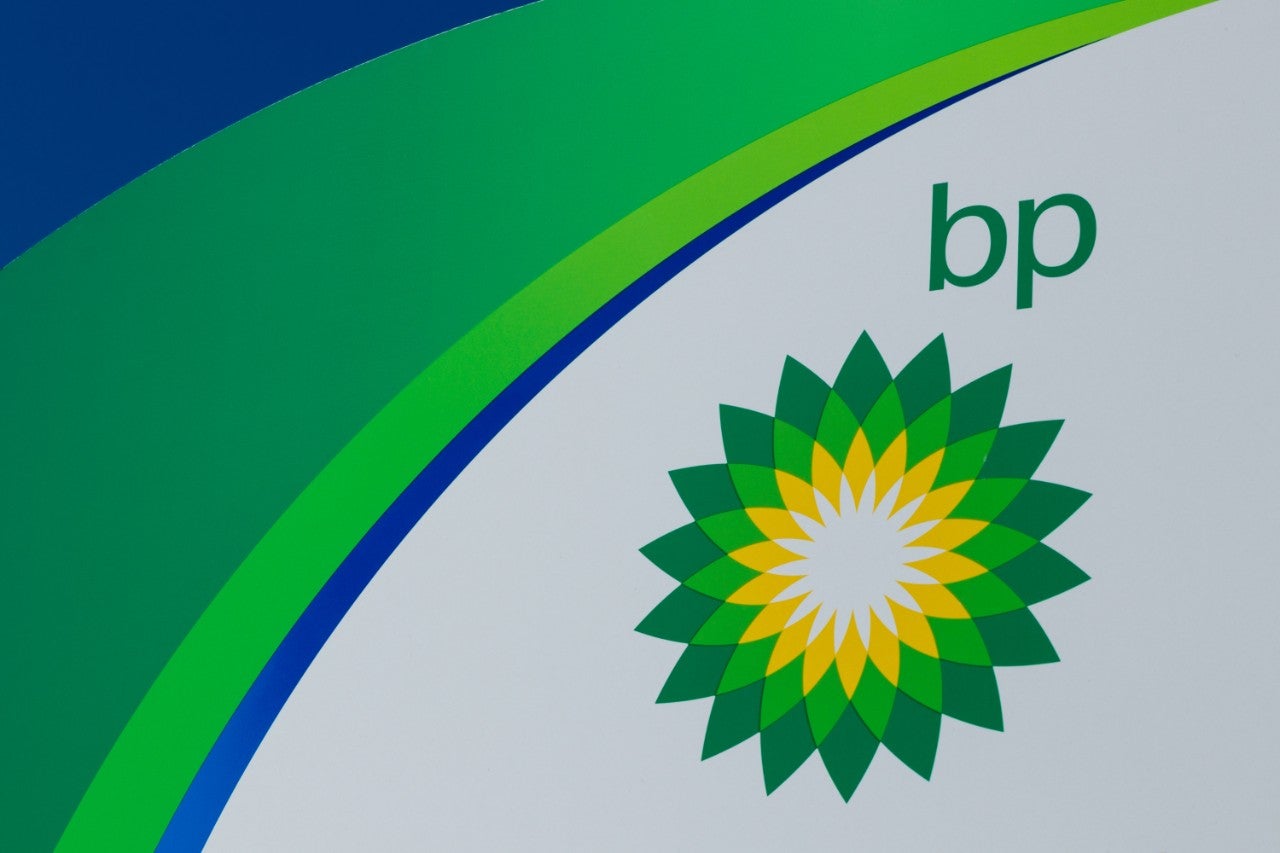BP has made its first venture into offshore wind power buying the US assets from Equinor ASA a for $1.1 bn.
BP will receive a 50% stake in the Empire Wind and Beacon Wind developments off New York and Massachusetts.
BP is already a big player in solar and onshore wind and set to abandon the oil-based business model. The deal comes as BP seeks to build one of the world’s largest renewable-power businesses.
BP enters offshore wind with $1.1bn purchase
BP’s investment in the Norwegian state-owned multinational energy company marks the start of an offshore-wind investment partnership in the region for the two companies.
BP will receive a 50% stake in the Empire Wind and Beacon Wind developments off New York and Massachusetts, respectively. Equinor will retain the remaining 50% in both and continue to be the operator.
Empire Wind’ first phase is expected to start in 2024-25 and has a potential installed capacity of more than 2 gigawatts. Beacon Wind’ potential installed capacity is estimated at over 2.4 gigawatts. Together, both developments will be able to power more than two million homes.
According to Equinor’s estimations, the total required investments in Empire Wind’s first phase are about $3bn.
Vanguards of the rapid changes in the oil industry
Both companies plan to participate in more offshore wind projects in the US and leverage each other’s strengths in the clean-energy sector.
BP is already a big player in solar and onshore wind and set to abandon the oil-based business model. The decision to take a stake in the Empire Wind and Beacon Wind assets comes as BP seeks to boost annual investment in low-carbon businesses to about $5bn a year. The aim is to build one of the world’s largest renewable-power businesses.
BP has set a target to boost renewable-power capacity to around 50 gigawatts by 2030 from 2.5 gigawatts in 2019. It plans to shrink oil and gas output by 40% over the next decade and become a net-zero emissions company by 2050. BP will not explore for oil in any new countries.
Equinor has major offshore wind projects and commissioned the world’s first floating offshore wind farm in 2017. The company has so far been the most aggressive oil major in offshore wind, benefiting from its experience in operating big industrial projects at sea. It has set ambitions to raise its renewables capacity to up to 16 gigawatts by 2030. It is working to build scale in its wind power business across the North Sea, the US and the Baltic Sea.
Equinor is reaping the benefits of its early-mover status, expecting to bank a $1bn gain from the BP transaction.
Pressure for clean energy development despite financial impact of Covid-19
While fuel demand fell after governments imposed travel bans and lockdowns, European oil and gas companies have pushed ahead with clean energy plans, despite the financial impact of the coronavirus pandemic.
Even as customer demand for oil, gas and coal remains robust, oil companies are under pressure from activists, banks, investors and some governments to shift away from fossil fuels to reduce emissions. Offshore wind farms are considered the quickest way for them to scale up.





